Leopards in trees are one of safari’s highlights. But, perhaps even better, is the chance to watch and photograph a leopard as it climbs. The power that is shown during this process is phenomenal, whether or not they are carrying a prey prize twice their weight!
Creating great images of this moment is not easy; several key elements need to come together. Firstly the guide must choose where to place his guests to watch; ideally, this choice will be more than 40m from the tree and leave the tree free of obstacles both in front and behind, allowing a clear view. Additionally the background behind the tree should be darker (tone or lighting) than the tree itself so the subject (the leopard) stands out from the bushes behind. Of course these preferences must be balanced against which side of the tree the leopard is most likely to climb, and they don’t always coincide!
Finally, there is preparing for the shot. Positioning further from the tree and using a longer lens has several advantages; the depth of field is smaller with a long lens, rendering the leopard sharp and background blurred; it is easier to keep a fast moving subject in the frame with a long lens since being further from the action requires only small movements of the lens to “keep up”.
Taking the shot will likely require a shutter speed of 1/2000 sec so, depending on the time of day, you may need a high ISO to achieve this. The aperture can be wide open, since the shallow depth of field will help isolate the subject. I prefer to frame my shot, with the base of the tree at the bottom of the frame, and then allow the subject to “run up through my frame” rather than try to follow it. This leaves less margin for error and avoids the chance of the focus jumping to the background – on this point, it is sometimes easier to focus on the tree (which will be in the same plane of focus as the leopard) since it won’t be moving.
Depending on the distance from the tree, I sometimes shoot vertically to allow more vertical height before the leopard leaves the frame at the top. It’s worth saying that these factors and considerations also work the same if the leopard is descending the tree.
Here is a sequence of images that I took of a leopard climbing a tree recently, with captions to annotate the key features.

Image 1: Great energy converted by her curled tail and the front legs tucked underneath her. Background is clear and a complementary colour, enhancing the sharpness of her whiskers. I would prefer that her tail was not partially hidden by the grass.

Image 2: Similar great energy with the tail outstretched. A better image than 1 since the face is still visible but the paws have started to stretch forward. Tail is still blending with the grass but not so much as she is higher.
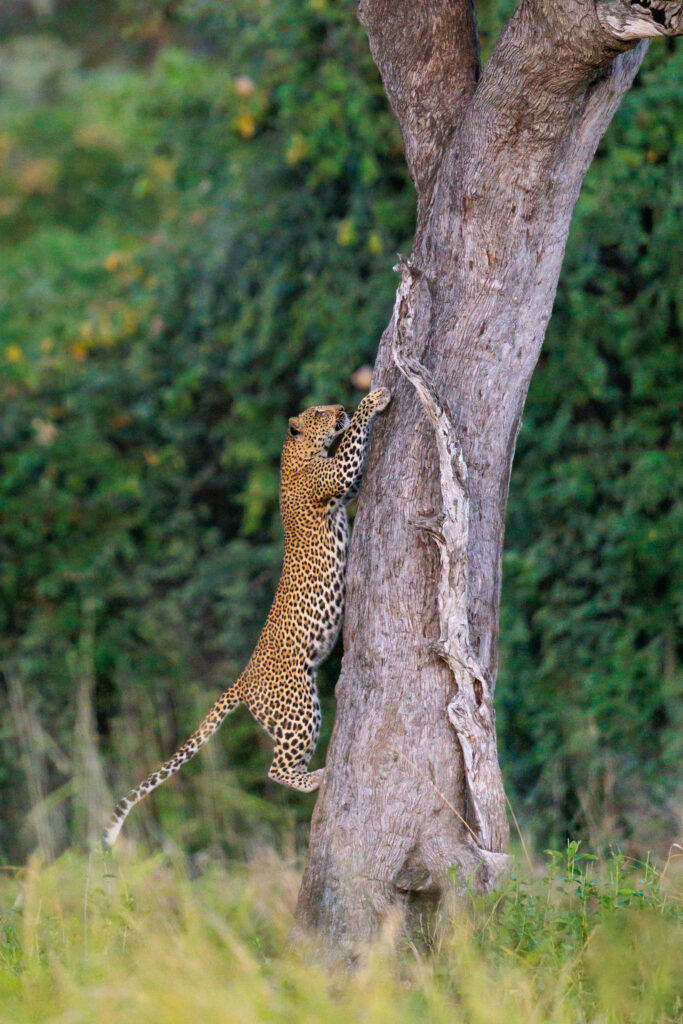
Image 3: Stretched out – a good position and indicates the speed at which she’s moving. Thankfully her eye is still very visible and she continues to stay on the side of the tree, rather than moving round behind.

Image 4: Her front paw is starting to become hidden behind the creeper, and there is a feeling that she might be static, and about to pull her rear legs forward to begin a new leap. There is less energy here.

Image 5: as above, but even more the case.

Image 6: Images 6-12 don’t demonstrate the extraordinary speed and power that a leopard uses to scale a large tree. She appears to be static, hugging the trunk, and I would not choose them as the best of the series.

Image 7

Image 8

Image 9

Image 10
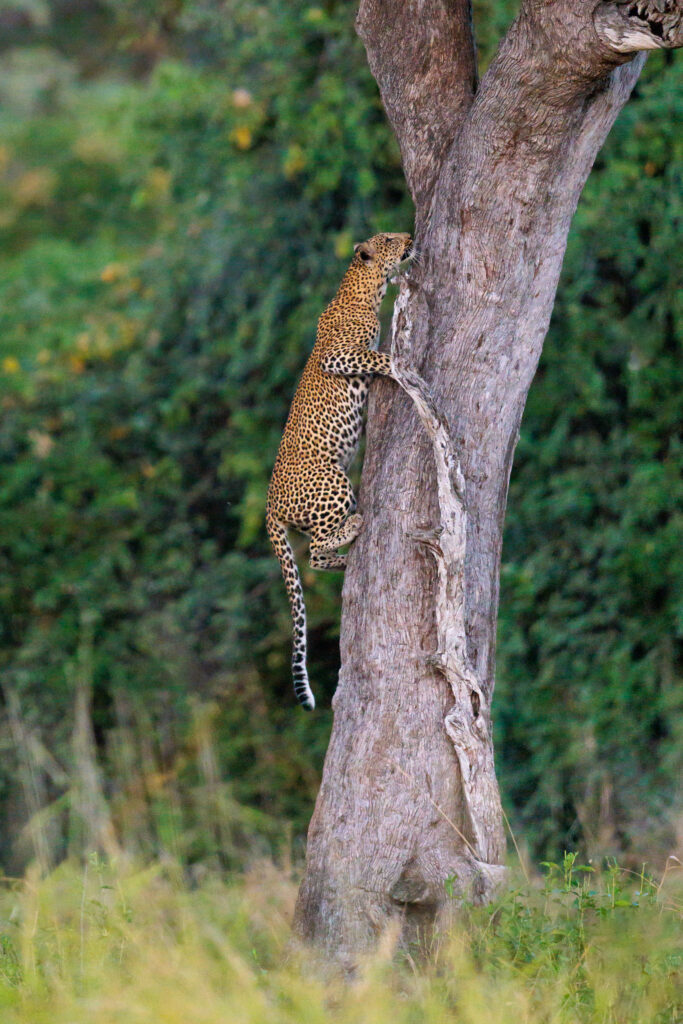
Image 11

Image 12

Image 13: from this point onwards, she is almost static on the tree, simply walking up, rather than climbing at speed. These are still great images, and I’m very happy to have them in my portfolio, but I won’t keep them all. I will look for optimal positions of her feet and tail which convey her upwards movement and the power she possesses to climb this vertical trunk.

Image 14

Image 15

Image 16

Image 17: here she is reaching forward to continue her climb. But in isolation, it could appear that she is actually reversing down. The tail tucked underneath her does not convey energy.

Image 18

Image 19

Image 20: at this point, her upwards movement starts to be apparent again. Her tail is flicking outwards and there is energy in her rear legs.

Image 21

Image 22: of the final part of the sequence, Images 22 & 23 are the best, given her tail and feet positions.

Image 23
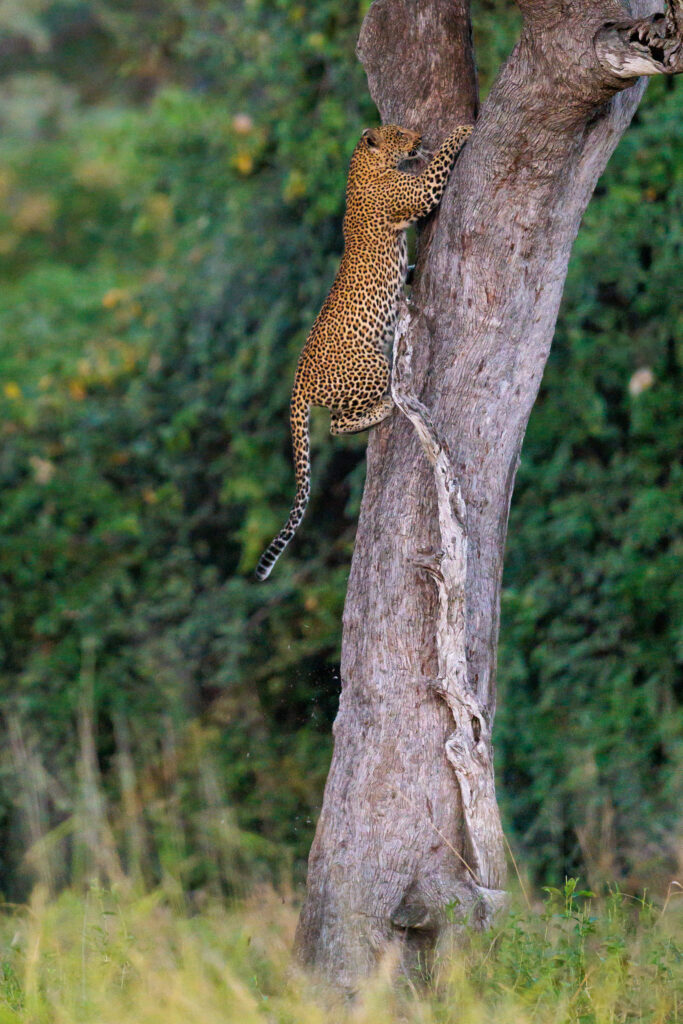
Image 24
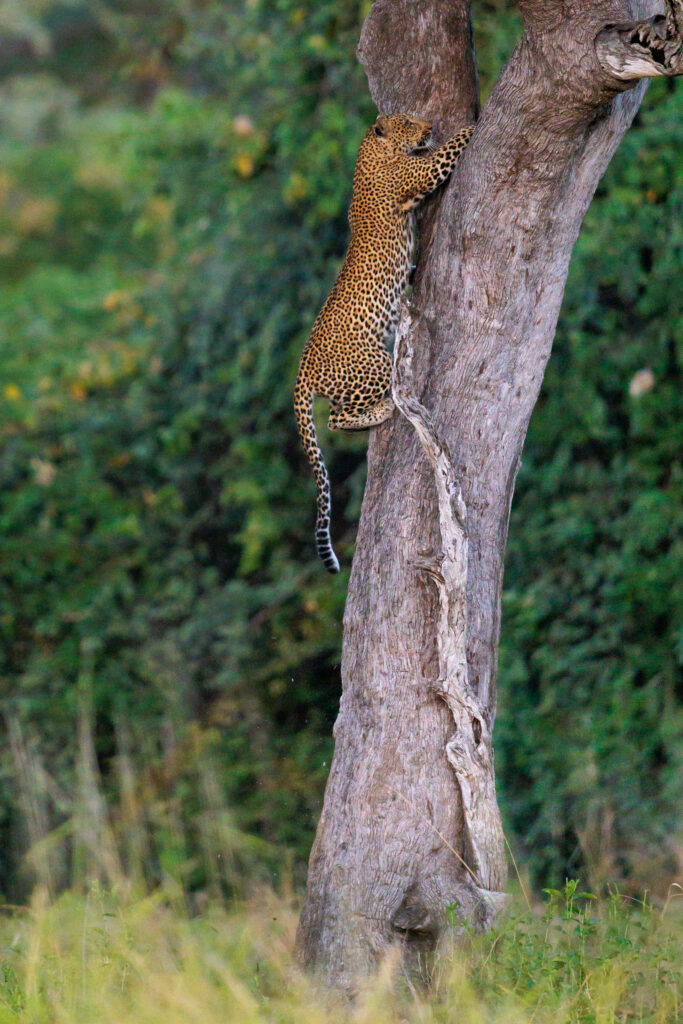
Image 25

Image 26
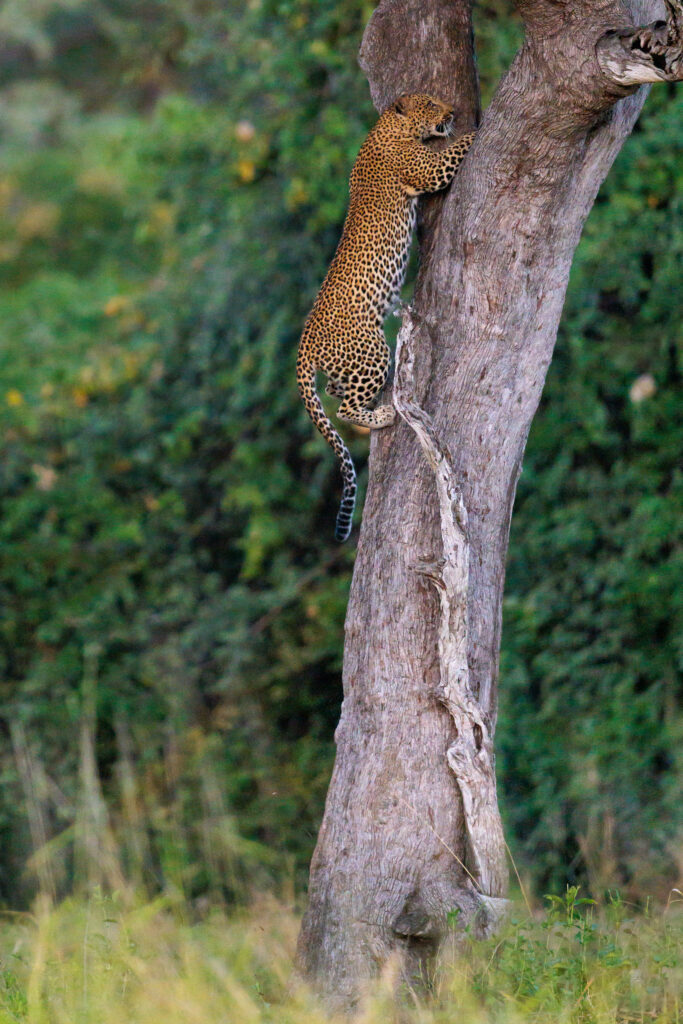
Image 27
Thank you for following this discussion. It’s clear that to get great images of a leopard climbing a tree, many factors have to come together. Some will be luck (eg. the tree she chooses, the side that she climbs and the angle of the light) but some can be assessed or managed to some extent (eg. the position of the vehicle which affects the background and the framing, the camera settings and the timing).
What is also clear from this sequence is that the best images are often the very early ones in the series, when the leopard is leaping from the ground and starting to climb. Later in the series, the energy of the climb diminishes and there are many images where she appears static. From this sequence my favourites are numbers 2, 3 & 22.


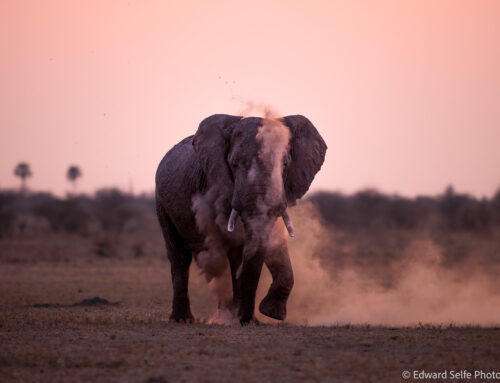

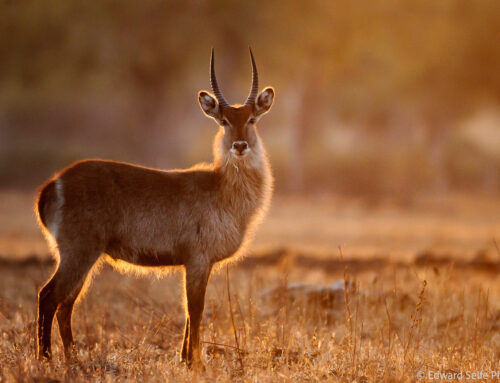
Leave A Comment